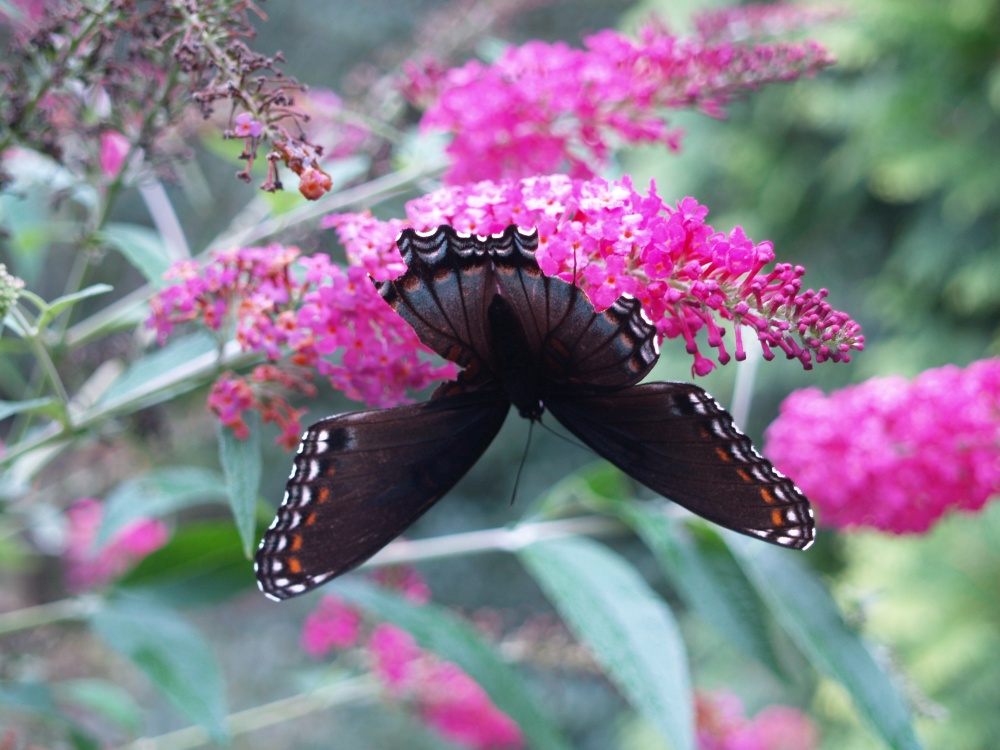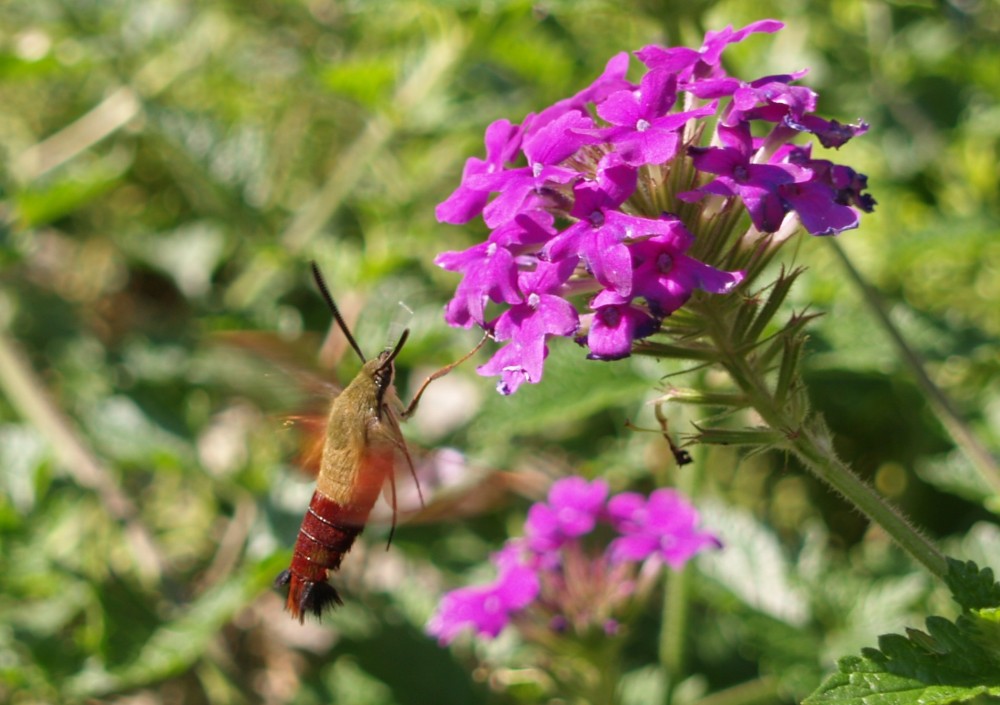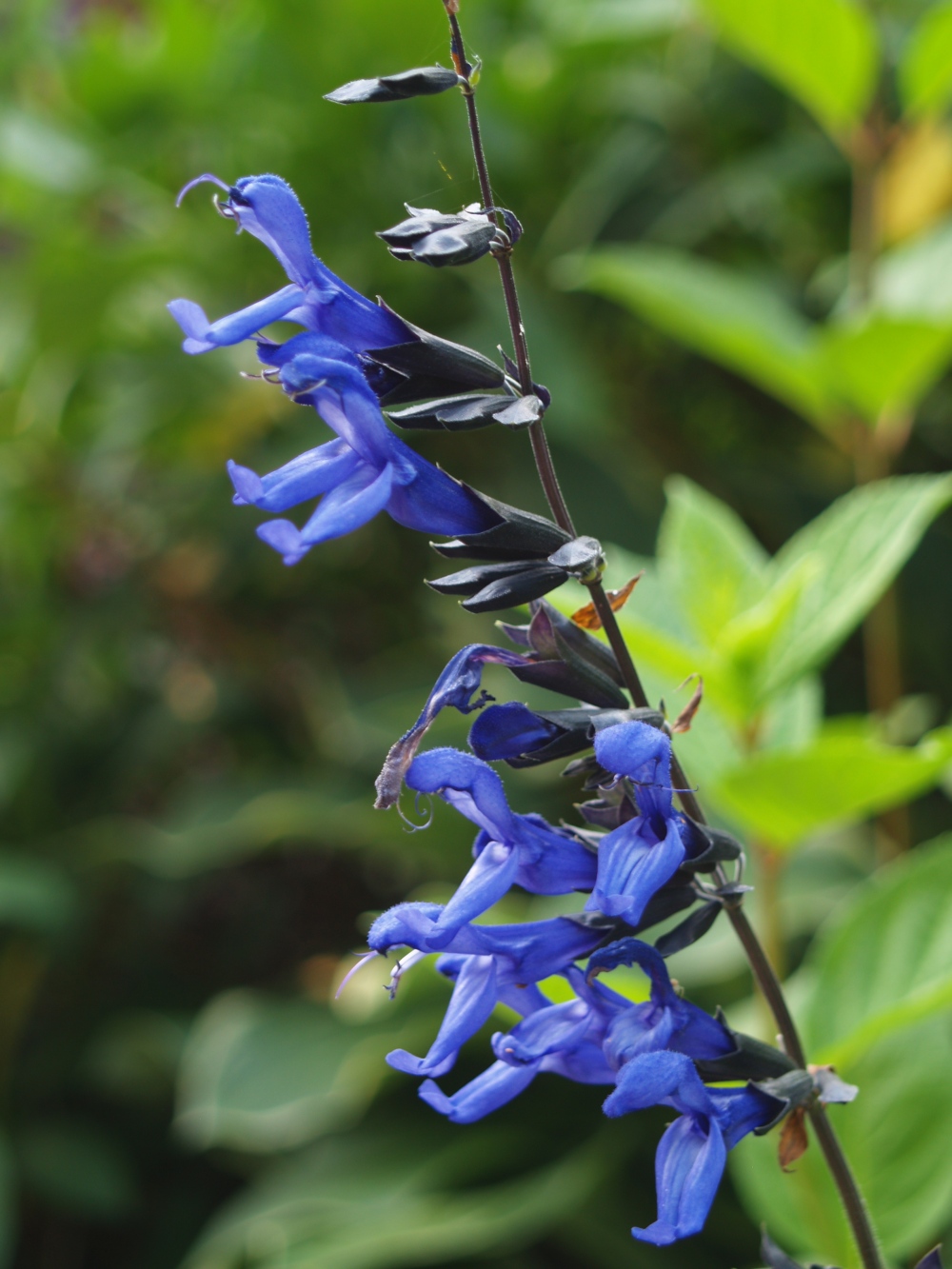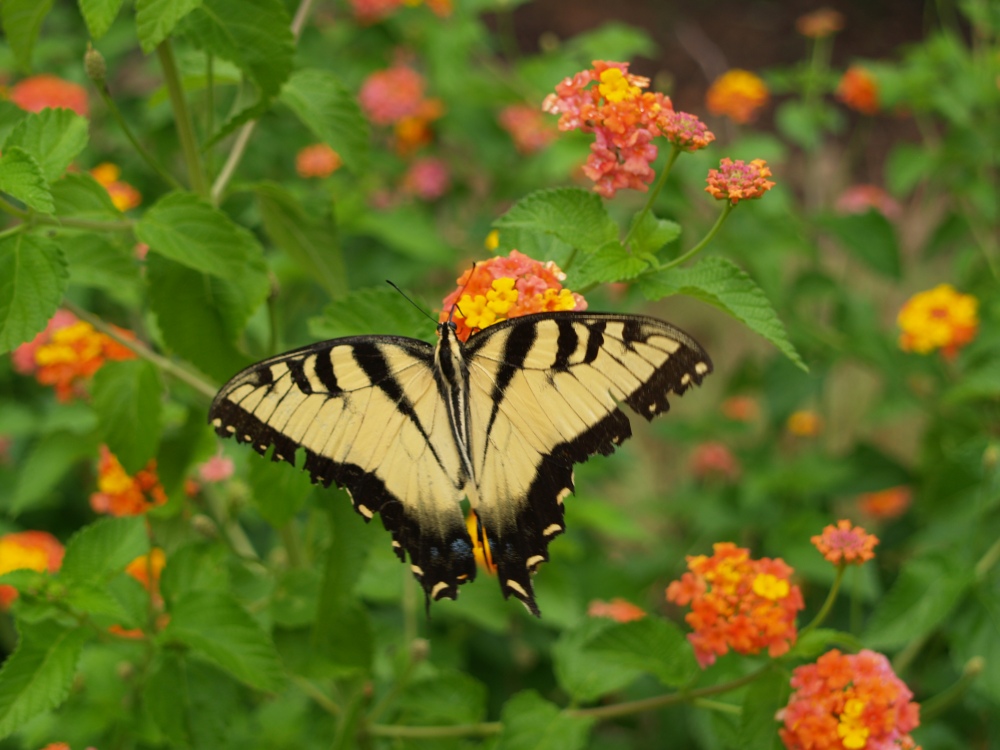Several butterfly bushes (Buddleia) perished over the winter, and just now at the start of August have I given their loss much thought. One, and perhaps a second died as a consequence of persistent dampness in the lower garden, and since the shrubs died over the winter the first thought is to blame cold for their death. In fact, I am quite certain that they were weakened by overly moist soil, and then cold did them in.
There’s little debate that butterfly bushes are nearly a weed, and of course in many areas seedlings must be carefully managed if a sterile cultivar is not planted. But, many were killed in area gardens this past winter, and in damp soils such as in my rear garden they are subject to failure regardless of winter temperatures. Longtime gardeners understand that there is no plant that cannot be killed under the right circumstances, so, despite these failures I’ll consider replanting one or two when I get around to considering these things next spring. In a drier area, of course.
One butterfly bush sprouted a few weak leaves from the roots late in May, but with the first heat these withered. With no further show of life, the shrubs were chopped out, and I’ve had little reason to think about them since few butterflies have been seen in the garden through the early parts of this summer. I am quite certain that the lack of butterflies is not due to the absence of the buddleias since they favor vitex and Joe Pye weed equally, and various other flowers to a lesser degree.

I have tried various verbenas through the years, often with confounding results. A white flowered verbena flourished for several years until it finally faded and disappeared, and I’ve planted the bright purple flowered ‘Homestead Purple’ (Verbena canadensis ‘Homestead Purple’) several times. ‘Homestead’ is somewhat perennial, though the main body of the plant rarely returns after even the mildest winter. Instead, a rooted branch tip or three sprouts in spring, and the dead branches of last year’s plant are cut away. Thus, ‘Homestead Purple’ migrates through the garden by a few feet each year. If the gardener finds this to be a problem the rooted stems are easily transplanted, I suppose.
Verbenas of all sorts are flowering machines. While many perennials flower, then rest a short while before resetting blooms, verbenas flowers nearly nonstop from mid spring until frost, and certainly this must be the explanation for their poor performance through the winter. In any case, ‘Homestead Purple’ must be watched and managed so that it does not overwhelm other low growing neighbors, and if this is done regularly the gardener is certain to be impressed with its performance. That is, if the gardener can tolerate the color, which is a bit too much for me, though my wife adores it.
The few Tiger Swallowtails that I’ve seen this spring also seem impressed, and nearly every sunny afternoon the Hummingbird moth can be seen sampling its nectar. This moth is seemingly equal parts hummingbird and bumblebee, and fortunately it is less shy than the hummingbird and more gentle than the bee. Bumblebees, of course, are rarely aggressive, except early in the spring I’ve noted that they will shoo me away if I poke my nose too close.
Unsurprisingly, ‘Black and Blue’ salvia (Salvia guaranitica ‘Black and Blue’) has not returned this year, and yes, I’ve claimed this in past years only to find that it manages its way out from beneath the wide spreading branches of the paperbush (Edgeworthia chrysantha) by early August. Then, the hooded flowers are visited constantly by pollinators until frost. No surprise is expected this summer. The ten foot wide paperbush was chopped back to three feet after suffering winter damage, and now there is no sign of the salvia, which is likely to have perished from cold and not due to anything about the paperbush.
Despite its somewhat tender nature, I am likely to replant ‘Black and Blue’ salvia when I get around to considering these things again. This will probably happen in spring, though I could be convinced to plant in another few weeks if I see a few choice plants in the garden center.

Beautiful photos; lovely post. At present here in my Belgian garden the pollinators are feasting on Buddleia and Verbena bonariensis .
Verbena bonariensis is another story. After disappearing from the garden for years, it was brought back hitchhiking along with an agastache that has since passed away. Only a few weeks ago there was no sign of the verbena, and then it popped out. Unsurprisingly, one seedling became ten, and now I’m looking forward to having a small patch established again.
is the second to last photo– joe pye weed? thanks!
Yes, this is ‘Little Joe’ Joe Pye weed. It’s a few feet shorter than the native, which is more in scale with the garden than the full sized version.
I lost three of my seven Buddleias this past winter. I think it was in part because the early winter was mild and they started to come out of dormancy before the harshness of the late winter. Up here (New England) they don’t seem to be problematic about spreading and they are magnets for native pollinators and butterflies so I really like having them in the garden.
I love the color of your top photo Buddleia, what variety is that (if you know)?
The buddleia in the photo is Miss Ruby, which was performing splendidly until the soil in the area became too saturated for too long. I am convinced that the dwarf Blue Chip is a poor plant, growing weakly even in good circumstances, but Miss Ruby and Miss Molly are good recent introductions. I’ve also seen good things from Blue Heaven and Tutti Frutti in other gardens. I believe that all of these are either sterile or they produce few seeds, so that even in problematic areas they will not be an issue.